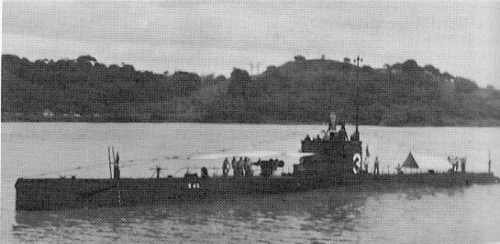
NAVYPEDIA
 Support the project with paypal
Support the project with paypal
Photo

S43 1930s
Ships
| No | Name | Yard No | Builder | Laid down | Launched | Comm | Fate |
|---|---|---|---|---|---|---|---|
| SS153 | S42 | 1389 | Bethlehem, Quincy | 12/1920 | 30.4.1923 | 11.1924 | stricken 11.1945 |
| SS154 | S43 | 1390 | Bethlehem, Quincy | 12/1920 | 31.3.1923 | 12.1924 | stricken 11.1945 |
| SS155 | S44 | 1391 | Bethlehem, Quincy | 2/1921 | 27.10.1923 | 2.1925 | sunk 7.10.1943 |
| SS156 | S45 | 1392 | Bethlehem, Quincy | 12/1920 | 26.6.1923 | 3.1925 | stricken 11.1945 |
| SS157 | S46 | 1393 | Bethlehem, Quincy | 2/1921 | 11.9.1923 | 6.1925 | stricken 11.1945 |
| SS158 | S47 | 1394 | Bethlehem, Quincy | 2/1921 | 5.1.1924 | 9.1925 | stricken 11.1945 |
Technical data
| Displacement standard, t | |
|---|---|
| Displacement normal, t | 906 / 1126 |
| Length, m | 68.7 |
| Breadth, m | 6.30 |
| Draught, m | 4.90 |
| No of shafts | 2 |
| Machinery | 2 NLSE diesels / 2 electric motors |
| Power, h. p. | 1200 / 1200 |
| Max speed, kts | 14.5 / 11 |
| Fuel, t | diesel oil 168 |
| Endurance, nm(kts) | 2510 (6.5) / |
| Armament | 1 x 1 - 102/50 Mk IX, 4 - 533 TT (bow, 12) |
| Electronic equipment | SC sonar |
| Complement | 38 |
| Diving depth operational, m | 60 |
Graphics
Project history
The further development of R class submarines. They were built under three notably differed designs developed by Holland, Lake and Bureau of construction. After the acquisition of these designs by General board in 1917 one submarine was built under each of them as "prototype" (S1, 2 and 3 respectively). Lake variant (S2) appeared unsuccessful, and later Lake built submarines under Bureau design.
Serial building was developed under two designs: 24 submarines (S18-41) by Holland and 14 (S4-17) by Bureau. They were followed by 10 almost same boats of the second series (S42-47 by Holland and S48-51 by Bureau).
The basic difference between Holland and Bureau designs consisted in a hull construction: in the first case it was fulfilled single-hulled, in second double-hulled. The diving depth was identical. Submarines built by Lake Torpedo Boat, had additional stern TT. As when these submarines were designed, an opinion about necessity of providing of the highest submerged speed was dominated, CT on them were fulfilled as much as possible streamlined. On trials "prototypes" demonstrated outstanding results, achieved 12.5 to 13kts submerged. First World War experience, however, has shown, that superfluous 2-3kts are not so necessary in comparison with safety of crew, therefore already during completion "serial" submarines received less streamlined, but much more convenient CTs.
Though 'S' class submarines notably exceeded the predecessors on the majority of characteristics, naval authorities in 1925 recognized them as unsuccessful because of insufficient endurance for Pacific service.
Modernizations
1939, all: + 1 x 1 - 12.7/90, JK sonar
1940s, most survived: - SC, JK sonars; + 1 x 1 - 20/70 Mk 4, SD, SJ radars, QB, QC, JP sonars
Naval service
S44 7.10.1943 was sunk off Paramushir Island by Japanese escort Ishigaki. SS159 - 168 were cancelled before they were laid down.
 HOME
HOME FIGHTING SHIPS OF THE WORLD
FIGHTING SHIPS OF THE WORLD UNITED STATES OF AMERICA
UNITED STATES OF AMERICA SUBMARINES
SUBMARINES "S" 2nd group submarines (S42) (1924 - 1925)
"S" 2nd group submarines (S42) (1924 - 1925)
